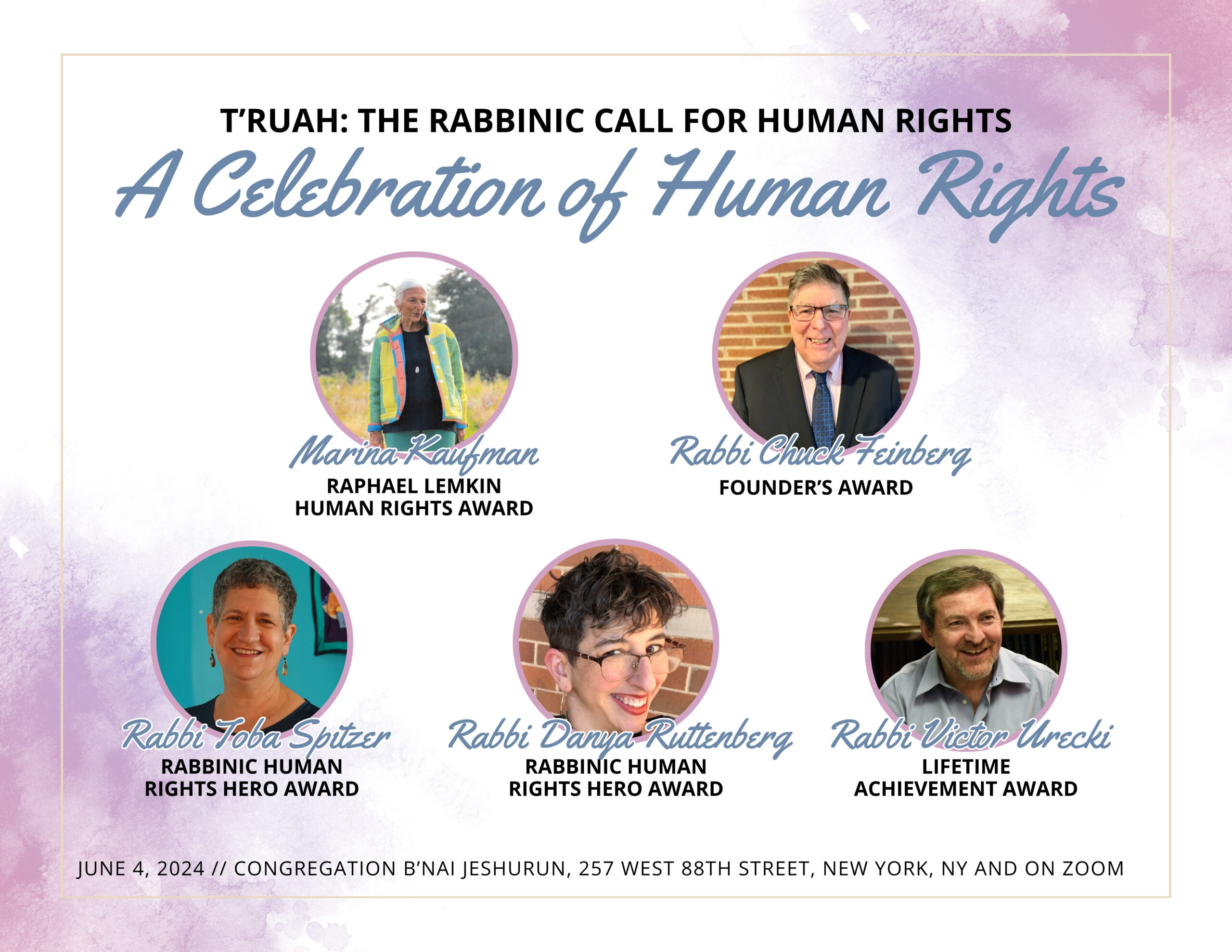How much is a human being worth? Here’s some perspective. There are approximately 300 Rembrandt paintings in the world; one of them recently sold for $13.8 million. There is only one of the masterpiece that you are. That I am. That each human being is. If there are 300 Rembrandts and one is worth $13.8 million, how much is a human being worth? Parshat Terumah offers us some understanding.
Through the building of the Mishkan/Tabernacle, the Torah masterfully reveals a deeply powerful system of kedushah, holiness. The very word terumah means “that which is elevated,” and Parshat Terumah begins to reveal to us which objects are worthy of such elevation.
Find more commentaries on Terumah.
The gradations of holiness presented by the Torah are two-fold. Some objects require that we designate them for sacred use; doing so elevates their status from “ordinary” to “kadosh.” For example, a table donated to the Tabernacle was no different physically from any other table. But once designated for the Tabernacle, the mere act of intent bestows automatic kedushah.
The second gradation of holiness centers on God. God, the Ultimate Holy, imparts kedushah on those objects that are a direct extension of God. The Ark, which contained the tablets from God and was the place where God and the Israelites met, was sanctified in this manner.
So, there are objects that become holy because of our intentions for them, and there are objects that are holy because of their emanation from or proximity to the Holy One. And what of human beings? Are we kadosh because of our proximity to and creation by God? Or is there a process of terumah, an action which elevates our kedushah even higher? The answer is both.
Find more commentaries on Social Justice: Leadership and Philosohpy.
Just as the Ark was sacred for it contained the Word of God, each human being is sacred because we contain the Divine Spirit. Our tradition is clear that we are created in God’s image, and that bestows automatic kedushah on us and on each and every human being on the planet. So, theologically speaking, to be human is to be sacred. Full stop. And we also know that many of our classic commentaries teach us that the gift of tzelem Elohim, being created in God’s image, comes with the consciousness of that phenomenon. To quote just one famous source, in Mishnah Avot 3:14, Rabbi Akiva teaches, “Beloved is humankind having been created in God’s image. And with an added measure of Divine love does humankind know they were created in God’s image.” Each of us is kadosh; each of us is moreover gifted with that knowledge — and each of us has an obligation to act on our, and each other’s, sacred status.
In the Tabernacle, the curtain was a line between the Holy and the Holier. Similarly, our actions in a moment of human engagement are a curtain between the sacred and the even more sacred. The individual before us is holy. However, when we utilize the added gift of love that God has bestowed upon us and remain mindful of the sanctity of the other person, we consciously bring acknowledgment of our shared holiness to that human exchange. We pull back that curtain and reveal their holiness. At that moment, we further elevate the other and ourselves.
So how much are human beings worth? Their value lies somewhere between the Holy and the Holy of Holies.
Rabbi Allan Berkowitz is the COO at Faith in Action East Bay, a social justice organization in the San Francisco Bay Area. He is the author of the newly published book, “The Psalms: A Guide For the Heart and Soul.”


